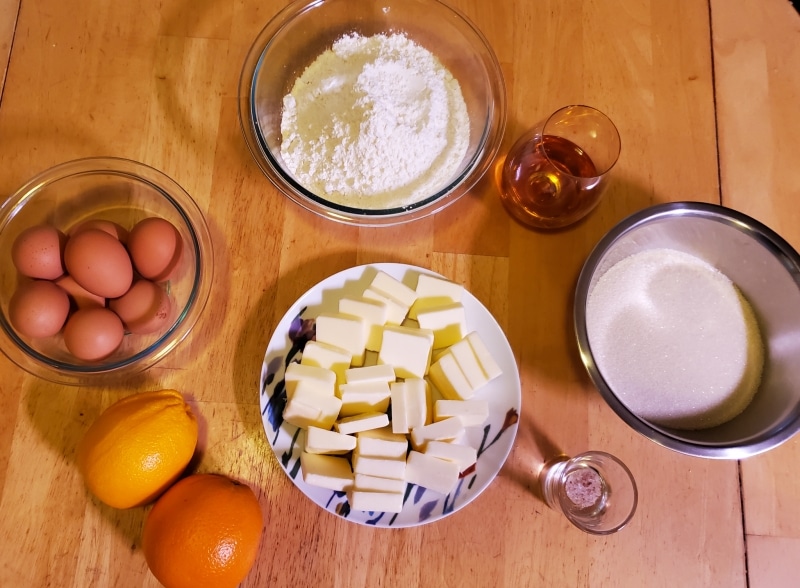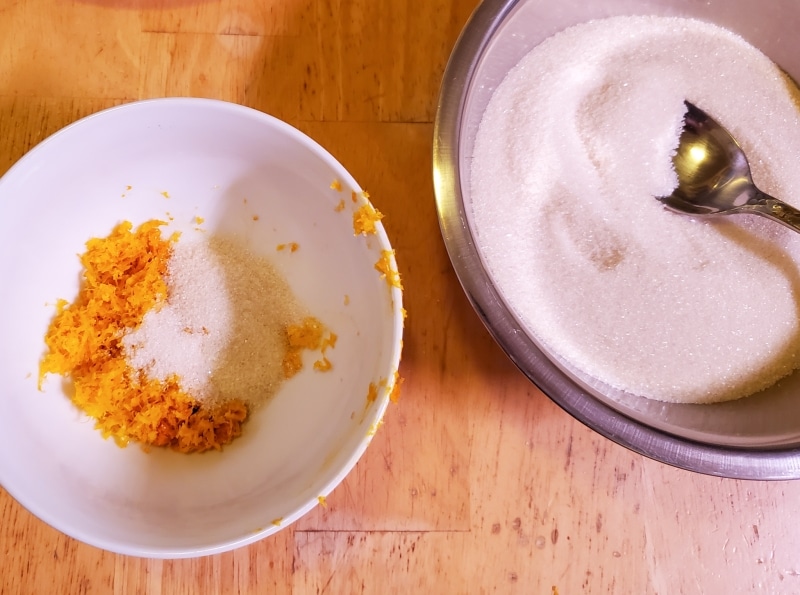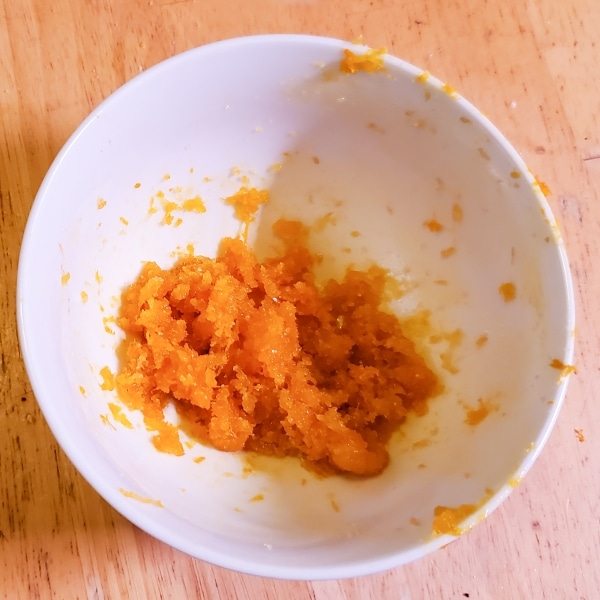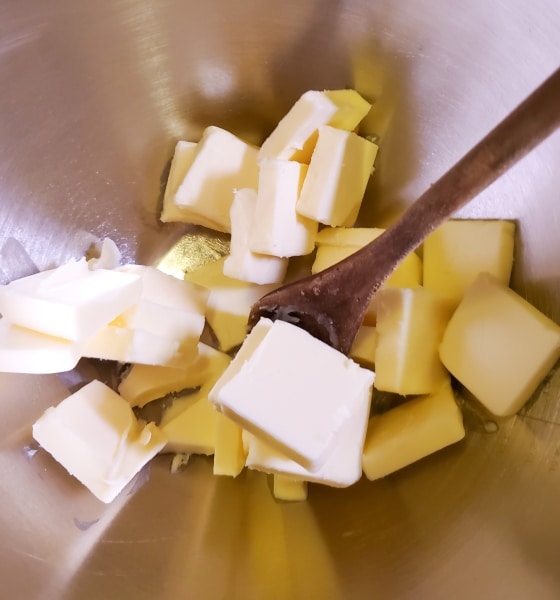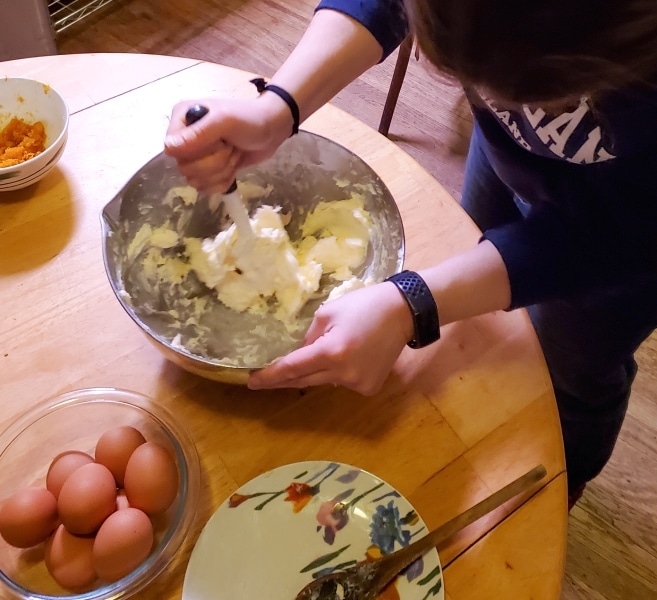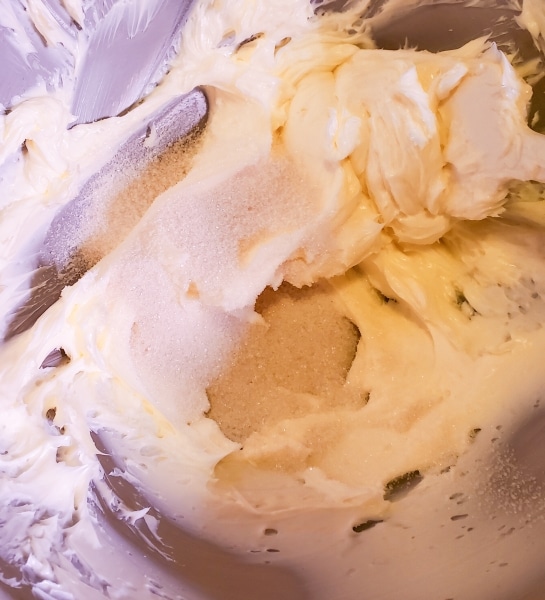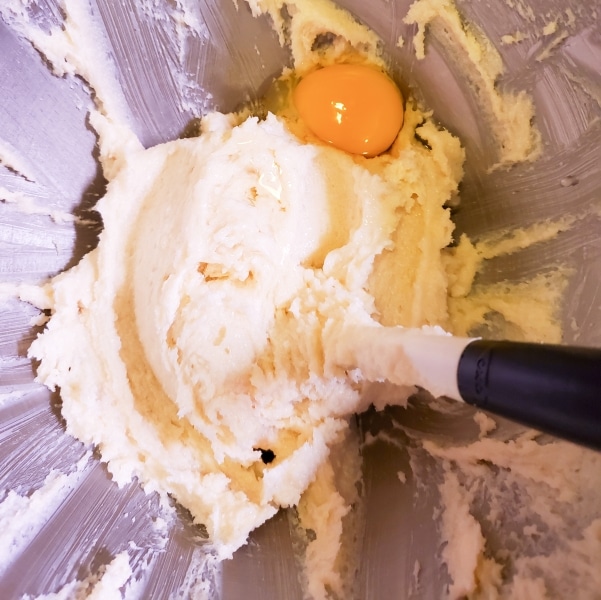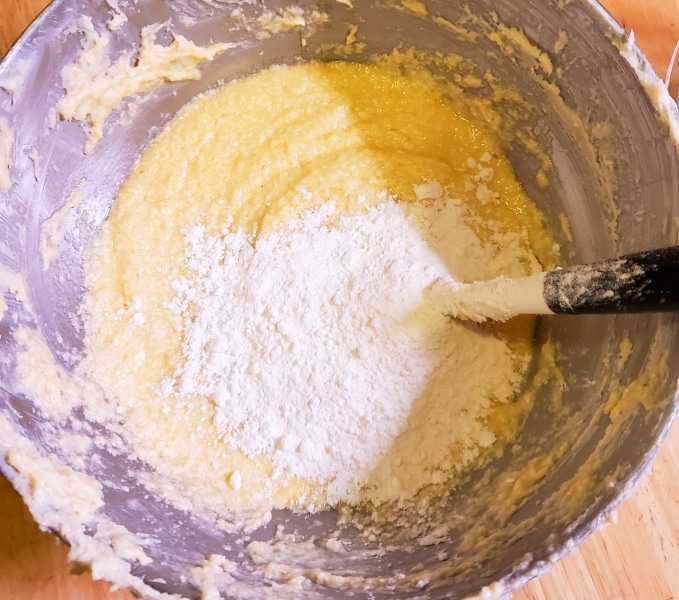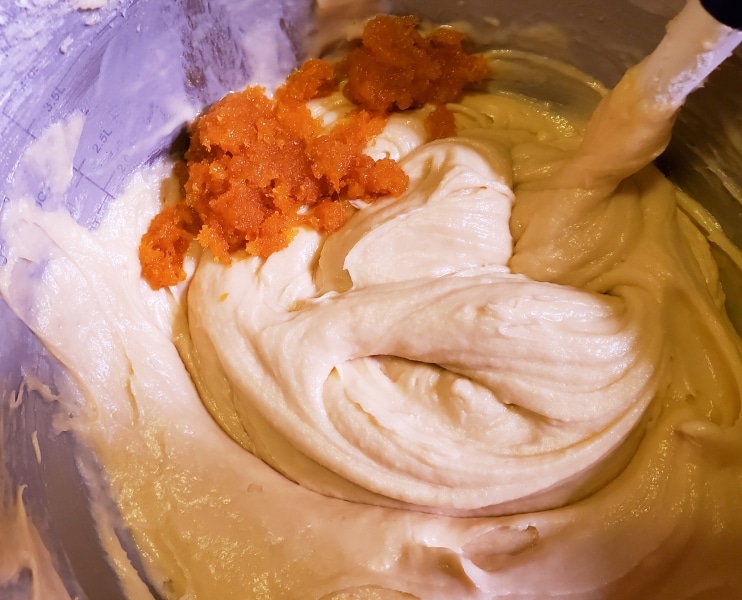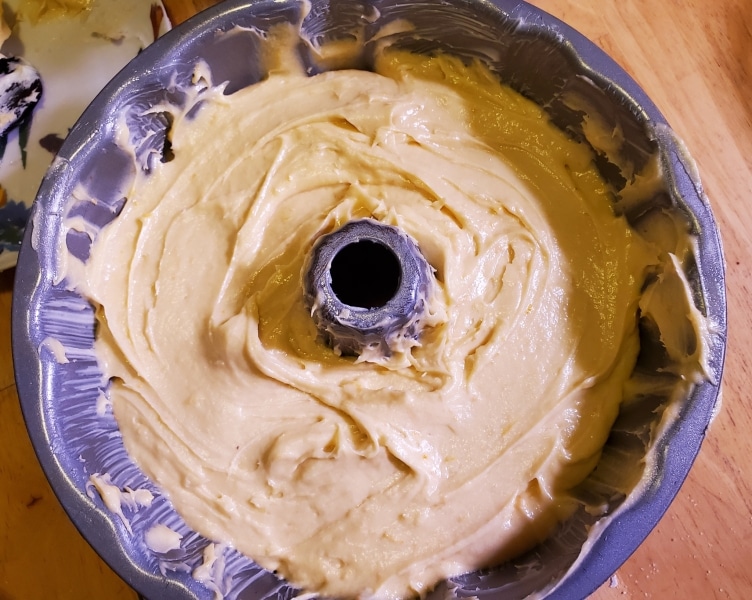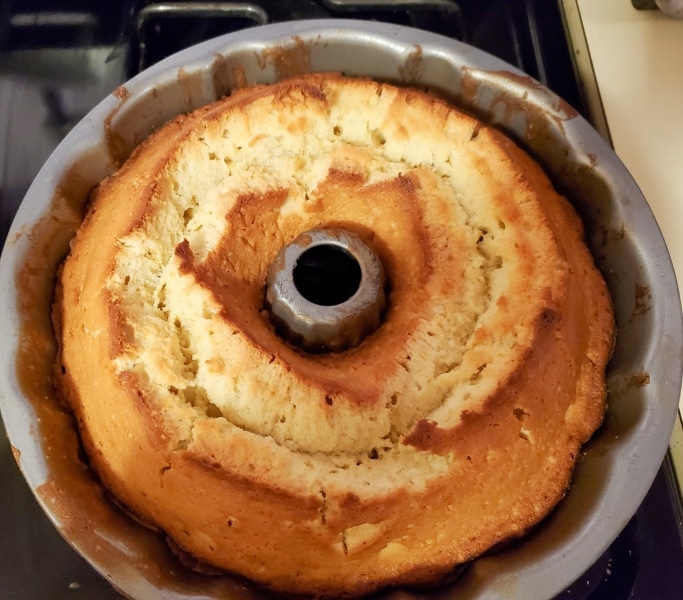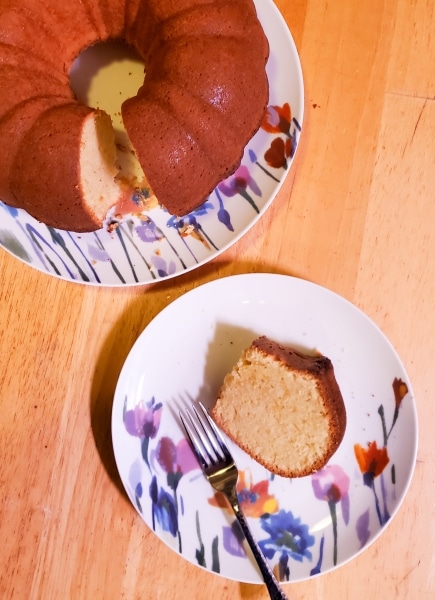Francatelli’s Pound Cake
Katie Maxwell, Visitor Services Coordinator
This spring, food historian Dr. William Woys Weaver and I will run the food-centered seminar, Philadelphia at the Table: Treasures of the Larder Invaded. As part of my research for our May 17 session, The Menu: Culinary Text or Social Commentary, I’ve been tackling dishes that appear on multiple menus.
Today I will be trying out Charles Francatelli’s pound cake recipe as it appears on page 424 of French cookery : the modern cook : a practical guide to the culinary art in all its branches, adapted as well for the largest establishments as for the use of private families. The fact that it is probably the easiest recipe in the 500-page tome is completely irrelevant.
Francatelli was a well-known chef and author in 19th-century England, even working for Queen Victoria. I first learned of Francatelli on the PBS drama, Victoria and was surprised to discover the character was based on a real person, though I suspect his romance with the royal dresser was invented for the show.
Here is the complete recipe:
Ingredients required : — One pound of flour, one pound of butter, one pound of sugar, eight eggs, a wine glass of brandy, a little salt, and the rind of two oranges or lemons rubbed on sugar.
Place the butter in a bason, and work it with a wooden spoon until it assumes the appearance of thick cream ; then add the flour, sugar, and the eggs, gradually ; when the whole is thoroughly incorporated, add the brandy, sugar, and salt ; mix well together, and bake the cakes in any kind of mould (previously spread with butter), or in a tin hoop lined with buttered paper.
Plums, currants, almonds, pistachio kernels, candied peel, or dried cherries may be added.
I appreciate the separate list of ingredients, but I’m a bit curious about the rinds “rubbed on sugar.” I’m not exactly sure what that means or if this sugar is in addition to the previously listed pound. I’ve decided to zest two oranges,
take a few spoonfuls from the pound of sugar, and rub those together to release the oils from the grated rinds.
I’m not sure if this is what I’m supposed to do, but I’ve seen this technique in other dessert recipes, so I’m giving it a shot.
Place the butter in a bason, and work it with a wooden spoon until it assumes the appearance of thick cream
They must have had better wooden spoons back then. After a few minutes of that, my spoon cracked, and now I have to work out my remaining aggression with a silicone spatula.
then add the flour, sugar, and the eggs, gradually;
I’ve taken a slight liberty and gradually added the sugar first
(I wasn’t sure if I should be using white sugar or brown sugar, so I compromised and added raw, cane sugar.)
Followed by the eggs, one at a time,
And finally, very slowly, the flour
add the brandy, sugar, and salt ; mix well together,
Here “sugar” is represented by the previously rubbed together zest and sugar. Maybe I was supposed to rub larger pieces of the rind with sugar, then discard the rind, leaving the orange-flavored sugar. Oh well, it’s too late now.
and bake the cakes in any kind of mould (previously spread with butter), or in a tin hoop lined with buttered paper.
I will use my bundt pan as a “mould.” Unfortunately Francatelli did not provide any guidance here on how hot the oven should be or how long the cake should bake. The internet seems to agree that 350°F is a reasonable baking texture, unfortunately there is no such uniform consensus on baking time.
85 minutes, and several pokes with a fork later:
This looks surprisingly cake-like! I was a bit concerned by the lack of baking powder, but the eight eggs appear to have done their job. Now the hard part is waiting for it to cool down long enough to taste.
Roughly two hours later:
I think this is the best historical recipe I’ve made since the chicken croquettes. The cake is indeed orange-flavored which may or may not be correct but is delicious. I have no pistachios or plums to dress it with, but it is good on its own. It’s rather dense as pound cakes usually are, and it is the right amount of sweet. I will definitely be making this recipe again, except I’ll use an electric mixer to beat the butter.


